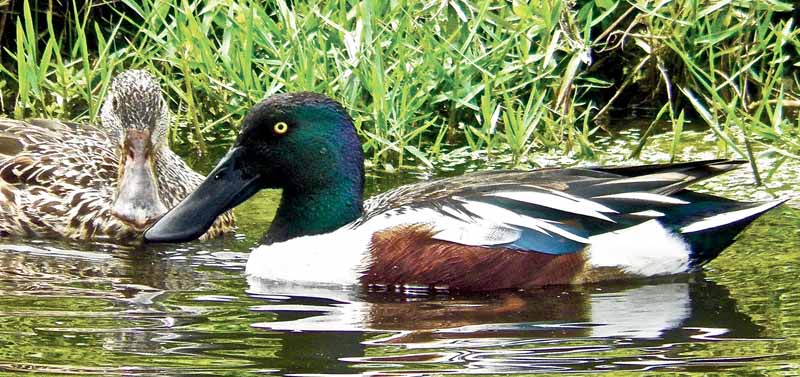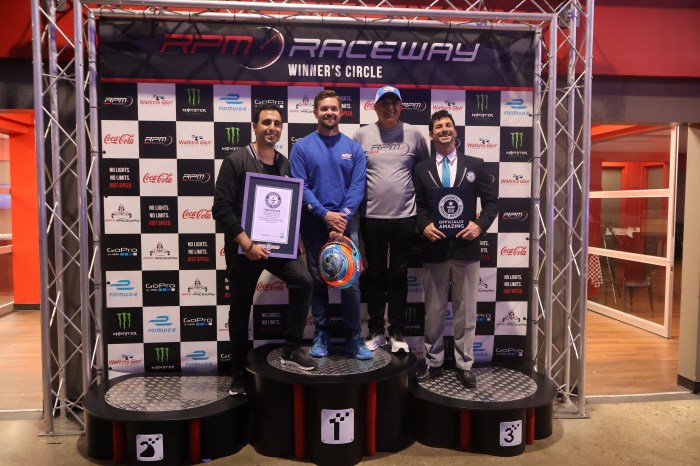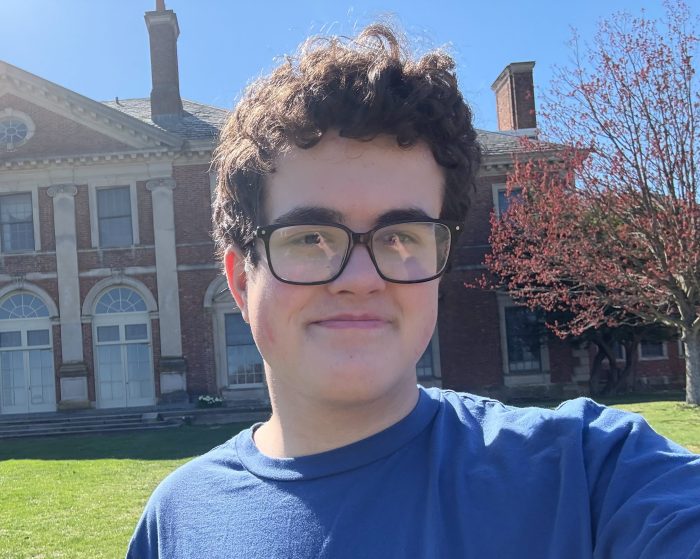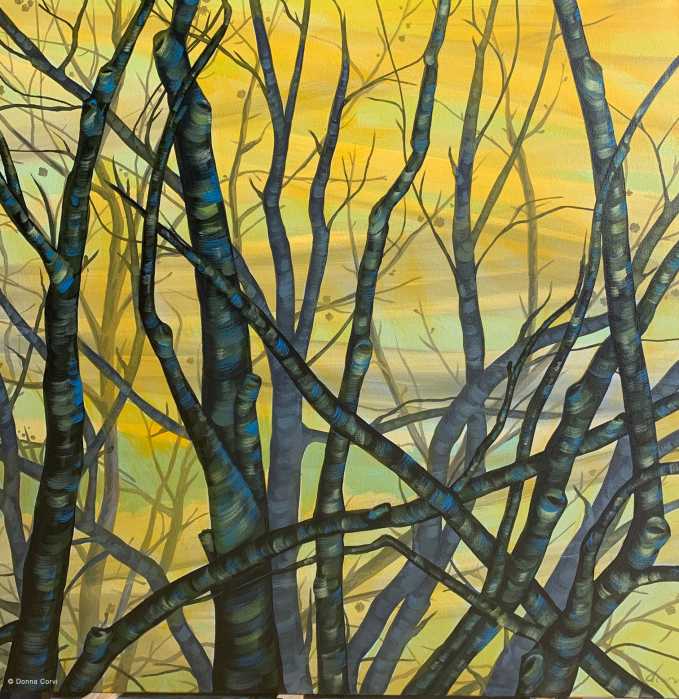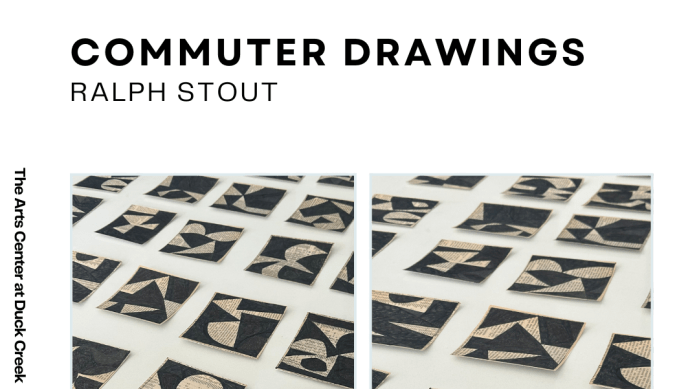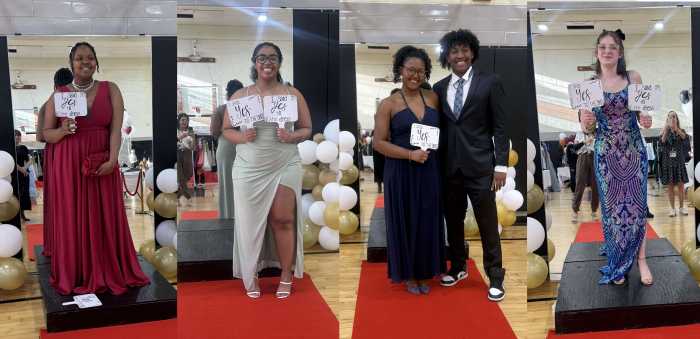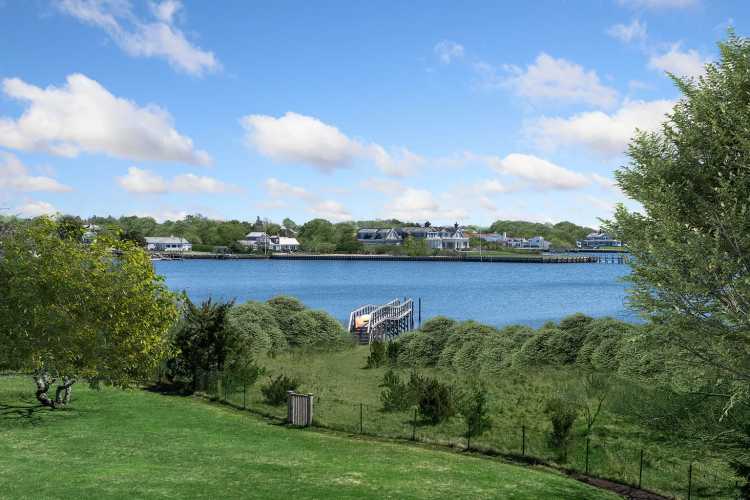Last winter I did two straight days of intense birding, some in the rain with insufficient rest. After that a break was welcome.

Surreal
An adult herring gull is walking around normally despite a stick, long, thin and round, like an arrow without feathers, is embedded near the side of its head. How can this be? Not one other bird looks at the gull nor interacts with it. This isn’t an I-don’t-believe-my-eyes moment. I do and it’s surreal.
There’s a scene from a 1975 film The Man Who Would Be King starring Sean Connery and Michael Caine as soldiers of fortune who go to Kafiristan in Afghanistan, offering their military skills to train soldiers. In a battle with warring tribesmen, Connery, while riding a horse, is shot by an arrow which appears embedded in his body. He continues in battle as if nothing has happened while warring soldiers drop to their knees believing that he is a god. In fact, a bandolier beneath his jacket absorbed the arrow.
But this isn’t the movies. I can see that the arrow is under the surface of the gull’s flesh near its neck. There’s no blood. Could the bird be bleeding internally? Can it fly? I don’t see why not. My throat feels queasy. No rescue person is likely to come for a bird that can fly. I’d like to take hold of the gull and pull out the arrow. However, I’m adverse to holding birds. Couldn’t get close to it if I tried and would probably wind up scaring it or harming us both. I think through everything and finally walk away telling myself that this is one of millions of avian deaths a year and I won’t see it. When I return to where I first encountered the wounded gull, it’s no longer there. I check every large gull on the beach. Relief. However, I’m still queasy.
A few days later, I get an email from an elite birder, to whom I sent photos of the bird. He replies that the stick is probably some kind of swizzle stick used to mix barroom drinks. The gull probably inadvertently stuck himself going through the garbage. I can only wrinkle my brow and smile. You can’t make this stuff up.
Christmas Bird Count
The Christmas Bird Count is an annual census of bird in the Western hemisphere done in North America’s early winter by the National Audubon Society. I’ve volunteered and the next morning I get to go with two of Sarasota’s very best birders, John Ginaven and Stu Wilson. It’s like a master class. We meet at 6:30 a.m. in a restaurant parking lot. When the darkest bit of blue comes to the sky we are on the restaurant’s steps looking at the water. They spot a wood stork, a great blue heron and a black-crowned night heron before the sun’s up. Amazing. The rest of the day unfolds in a series of events that seem separated.
On a golf course, it’s raining. There are shovelers here, ducks with bills shaped like snow shovels; blue-winged teals; and another wood stork which is plumped up against the rain. Wood storks are endangered, yet they seem to be coming out of the woodwork here. The colors and names of birds on the course go by in blur. There’s an intensity and commitment among these men that I didn’t encounter in the other Christmas Count in which I participated. I like it. Soon we are huddled under a hotel’s awning and John jokes with a worker about room service for three birders.
We go to the beach when the rain slows. There’s a mystery gull and I go to try and get a photo of it while John counts some others. It starts to rain again and we leave to go back to our cars. We have to split up to cover the allotted territory. John and I drive to a small preserve called Quick Point and tally an osprey, a loon and a great egret. There’s a key called Bird Key, which has no birds, except today. There’s a red-shouldered hawk on a roof and driving past a beach parking John spots an immature Cooper’s Hawk that I completely miss. It’s on a concrete post and looks like a sepia-toned raptor with ruffled, wet feathers on this gray afternoon.
Later, we are short on manpower and Stu asks me if I’d mind covering the beach alone. This is my milieu and I happily walk a mile and a half counting everything in sight including 21 black-bellied plovers and some fly by cormorants. The only difficulty that I encounter is where to get off the beach. My landmark is a group of plush buildings that are called “embassy row,” but here everything looks plush. After finding the right place, the day is just about over.
Bigger Picture
A few days later I meet Steve, an environmental biologist who monitors the birds here every week. An affable Floridian he points out a snowy plover that was banded with a red, white and blue tag in the Florida panhandle. Snowys have been called Cuban snowy plovers here and are called the Kentish plover in Great Britain. They are 6.25-inches long, 1.4 ounce birds that appear even smaller because they are extremely pale. There are basically two ways to see them: accidentally coming upon them as they rest in footprints or racing across the sand. This is the bird’s 10th winter here but it goes back to the panhandle a distance of about 400-miles to breed. Oddly, my wife and I also started birding this beach 10-years ago.
I can picture the bird in the air, the beaches and trees below, winging it back to the panhandle and start to think about the earth’s curve and the mystery of migration. It’s just the right relaxation after two days of intense birding.




